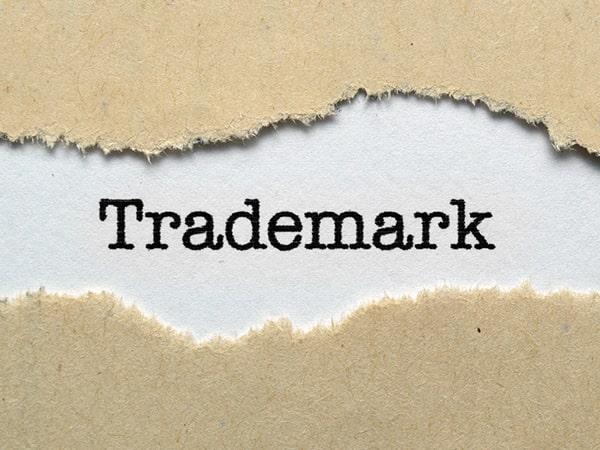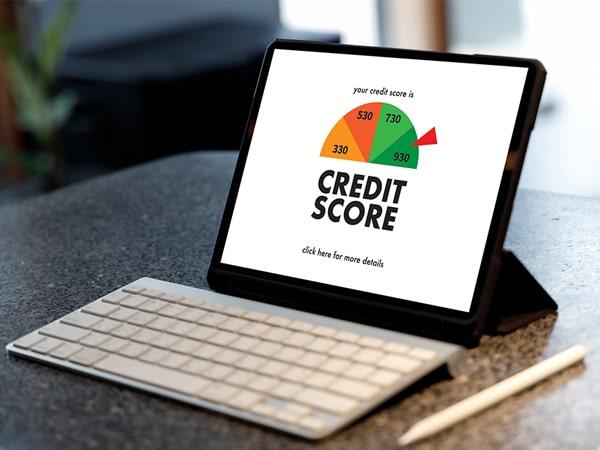- 8 minutes read
Table of contents
- How much does it cost to register a trademark?
- What can be registered as a trademark?
- What are the legal requirements for the trademark
- Do I need to register a trademark?
- How long will it take to register a trademark?
- International trademark registration under Madrid Agreement/Protocol
- Estimation of the chances for successful registration
To register a trademark one should apply to the Patent and Trademark Office locally. Usually, legal protection is granted only in the country of application. As an exception to this rule, there are international inter-governmental organizations. The registration of a trademark grants legal protection to all Contracting Parties.
Application process varies from jurisdiction to jurisdiction. But the following information is common for all:
- Name of the applicant;
- The image (example) of the trademark;
- List of the goods and services. It must be completed under the International Classification of Goods and Services (ICGS). The classification is stipulated by the Nice Agreement, also known as Nice Classification;
- Priority documents. In case the trademark was recently applied for registration in another jurisdiction);
- Power of Attorney (in case an attorney submits a trademark);
- Proof of payment of the official fee for trademark registration.
The next step will be the expertise of a trademark. It should be made by the expert of the Patent and Trademark Office. This inspection examines the applied designation for compliance with legal requirements. Otherwise, an expert may refuse provisional granting the legal protection. In this case, an applicant should submit a grounded response in favor of the designation. A reasoned response contributes to a positive decision on trademark registration.
In the course of the expertise, third parties can send opposition to the expert. An applicant should provide a grounded response in favor of the applied designation. If the answer is reasonable, he will approve the registration of the trademark.
A decision appears in the official bulletin of the Patent and Trademark Office. A corresponding certificate is also issued. Both of these actions are subject to official fees, and a trademark owner must pay them.
Quickly select a jurisdiction and register your company anywhere in the world online
The trademark registration process is not unified. It is subject to the legislation of the country of application. Thus, the official and attorney fees for this service are also different. The number of classes of the Nice Classification, the color content of the mark, and the number of applicants affect the cost. The exact cost in each particular case can be estimated upon your request. Call us to know how much to register a trademark.

What can be registered as a trademark?
Trademarks can include any words, phrases, symbols, logos, colors, sounds, or designs. They often serve to identify the source of the products or services. Company can see them on labels, packaging, advertising materials, and in business stationery. Brands are usually associated with businesses. One may use them for titles of books, songs, movies, or television shows. A unique trademark protects consumers. It helps them identify the source of a product through its associated mark. Fintech Harbour team will be happy to advise you on how to register a logo as a trademark.
What are the legal requirements for the trademark
First, any trademark must be distinctive within its class of goods and/or services.
That is, it must identify the product or service with which it is associated. The mark must not be like one registered earlier for another product or service in the same class. This is the main function of a trademark. If it does not follow it, it will be refused legal protection on the grounds of lack of distinctiveness. Not all words or designs may qualify as trademarks. Examples: such as those which are generic or descriptive of a particular item being sold. Scandalous or immoral words are also unacceptable for use in a trademark. Also, there are a lot
Legal protection cannot be provided to the designation that depicts or imitates:
- State coats of arms, flags, and other state symbols (emblems);
- Official full or abbreviated names of states or international letter codes of states;
- Emblems, abbreviated or full names of international intergovernmental organizations.
(The above designations may be included in the trademark as non-protected elements. A prerequisite is the consent of the relevant competent authority or their owners).
Legal protection cannot be provided to the designation that:
- Has no distinctiveness and has not acquired such as a result of their use;
- Includes descriptive designations, i.e., relates to the type, quality, composition, quantity, properties, and intended purpose. Describes the value, geographical origin, place and time of production or sale;
- May mislead about the goods or services (nature, quality, or geographical origin);
- May mislead the person who produces the goods or provides the service.
Another aspect is the difference between the new trademark and the existing ones. It should be clearly demonstrated. One cannot register a trademark that is analogous to one that was utilized by someone else first. This is “preemptive rights”. A potential violation of pre-existing rights leads to legal consequences under IP law. Let’s consider in detail how to register a trademark name.
Do I need to register a trademark?
Yes, you should register your trademark if you want to protect it. You will get exclusive rights to use it with the goods and services that are listed in the registration. You may also take legal action against anyone who uses your mark without your permission.
There are a lot of reasons that make corporations register a trademark. Some want to protect their goods and services from competitors. Other entrepreneurs want to enter the international market. The first step is to register an international trademark under the Madrid system. Some companies need trademarks to get domains for online projects. Certain firms expand their portfolios with intellectual property assets to increase their value. All the above-mentioned can be solved with trademark registration.
Registering a brand is an essential step to protect it from potential infringement. While registration provides certain advantages, it does not guarantee absolute protection against infringement. So businesses should check their marks to ensure maximum protection of their marks. Consulting with a knowledgeable fintech lawyer can help navigate the complexities of trademark law and ensure comprehensive protection for your brand.

How long will it take to register a trademark?
The trademark registration process is not unified and subject to the country’s legislation. Thus, the terms of registration are also different. Office Actions and opposition from third parties that may cause delays. Thus, the trademark registration application should be prepared carefully. Our specialists with more than 10 years of expertise guide throughout the process.
How long does it take to register a trademark? Registration of an international trademark can take between 12 and 24 months. The timeframe varies from country to country.
It normally takes 6–12 months to register a trademark in the EU. The time depends on the verifications by national authorities or oppositions against it.
For example, in general, it takes up to 10–12 weeks to register a trademark in the United Kingdom. The UK Intellectual Property Office (UKIPO) verifies possible conflicts with the existing marks. The UKIPO also reviews applications, makes changes, or recommends clarifications before registration.
International trademark registration under Madrid Agreement/Protocol
In a globalized world trademark protection outside the country of origin is vital. The Madrid Agreement/Protocol (hereafter “Madrid”) is an international system. The Protocol grants a single application to 100 member countries. This simplifies the complex and expensive process of registering trademarks abroad. This article provides an overview of what Madrid is and how to register a logo trademark.
The Madrid Agreement is administered by the World Intellectual Property Organization (WIPO). It was established in 1891 and revised in 1967, 1989, and 2006. The Protocol establishes a special international registration system. This system takes effect together with national registration. It allows global TM establishment without submitting separate applications for each country. WIPO encourages applicants to use the Madrid system instead of filing many applications.
To register via Madrid, one must first get protection approval in its home country. This status serves as a basis for obtaining protection in other jurisdictions. Some countries demand extra paperwork to receive protection via Madrid. This may happen even if the trademark has been approved elsewhere. Many times translated documents are required. Fees will depend on the number of classes of goods being registered. The range is usually anywhere from $500-2,500 USD. It depends on how many goods/services categories are being protected).
If WIPO accepts application to the Madrid System, the mark will be protected. The protection takes effect immediately in all countries. This may take several months depending on requests from third parties. As long as the registration is valid renewal fees apply every 10 years. Otherwise, companies can choose more countries and regions to expand protection. And you can also add new ones that have not yet been included during the initial registration period.
The benefits of trademark protection through the Madrid System are obvious. These are fast and cost-effective worldwide protection, simplified administration, and reduction of bureaucracy. Also, a single legal procedure in all participating countries provides more effective remedies. Those who do not use the system face serious problems when trying to protect their IP rights abroad. Financial losses are inevitable when combating violations in numerous jurisdictions. Without support from the authorities or intellectual property lawyers, this is impossible.
A trademark registration through the Madrid agreement is becoming increasingly important for businesses. Especially for those that expand operations into other regions.

Estimation of the chances for successful registration
If you doubt that your trademark meets the legal requirements, you can conduct a preliminary check of the designation. Contact our legal team to know how much to register trademark.
The first step is to conduct a comprehensive search of existing trademarks. It ensures that the proposed mark does not infringe on any existing marks. This search includes databases and common law sources such as newspapers and magazines.
It allows you to make amendments to the designation and the list of goods and services. This saves time and eliminates possible Office Actions and opposition from third parties.











